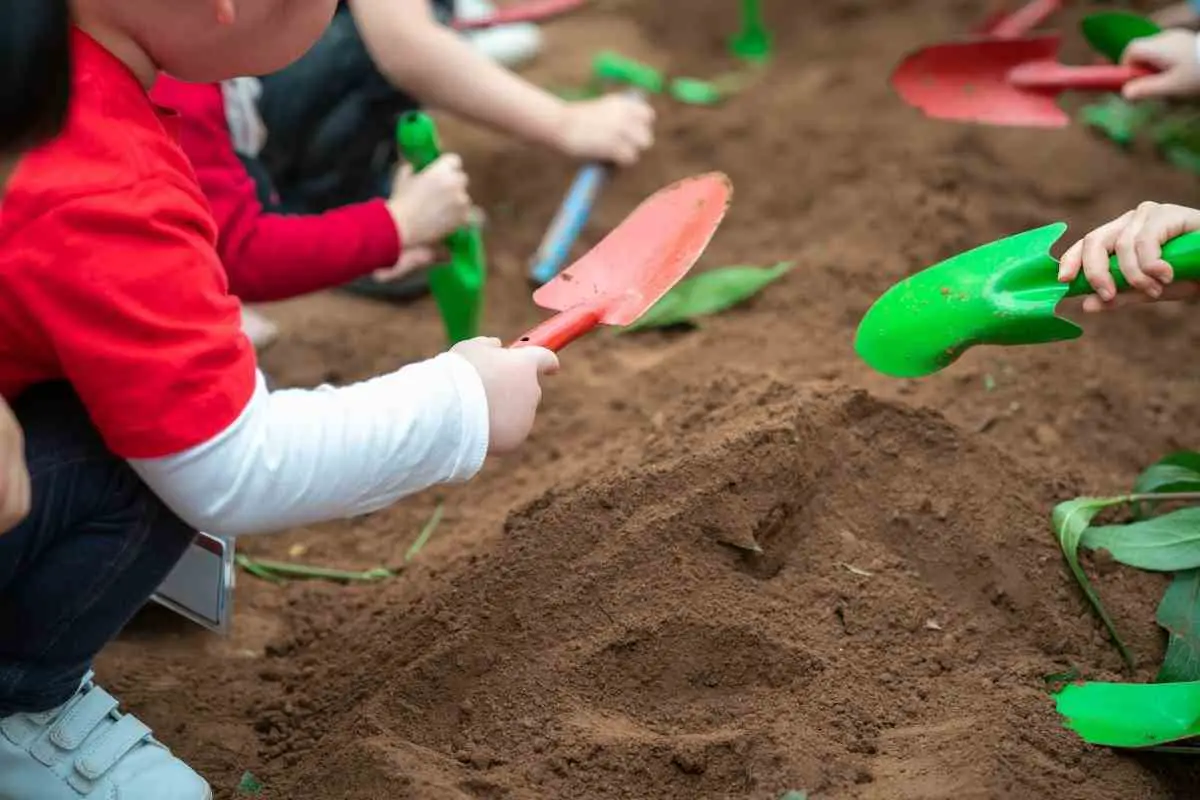The question of whether it is safe for children to play in potting soil evokes a variety of responses, often influenced by personal experiences, cultural beliefs, and health considerations. This article aims to unpack the multifaceted implications of allowing children to interact with potting soil, focusing on potential risks and benefits to foster a more informed perspective for parents and caregivers.
Potting soil functions as a substrate designed to facilitate the optimal growth of potted plants. Composed of a mixture of organic materials such as peat, pine bark, perlite, and vermiculite, it serves as a nutrient-rich foundation that enhances aeration and drainage. However, while it is an essential component of horticultural practices, its use in play scenarios does raise certain concerns regarding safety and hygiene.
Understanding the composition of potting soil is crucial in dissecting its safety for children. Typically, it contains a variety of organic and inorganic materials that promote plant health. Some commercially available potting mixes are fortified with fertilizers, which, while beneficial for plants, may pose a risk of chemical exposure to children if ingested or exposed to the skin. Additionally, the presence of soil-borne pathogens, such as bacteria and fungi, can further complicate the safety narrative.
Parental supervision is paramount in any discussion regarding children’s engagement with potting soil. It is worth considering the environmental context in which children interact with these substances. For instance, supervised activities in a controlled environment can mitigate many risks associated with soil play.
Examining the benefits of allowing children to play in potting soil reveals a striking contrast to the perceived dangers. Engaging with natural materials fosters sensory development and encourages creativity through tactile interactions. Children are naturally curious, and activities like digging, planting, and arranging in soil can stimulate cognitive development, enhance fine motor skills, and promote an appreciation for nature. Moreover, these actions can serve as a gateway to discussions about ecology, sustainability, and responsibility in caring for the environment.
Nevertheless, it is imperative to navigate the conversation around safety with precision. Potential hazards in potting soil primarily include chemical exposure, infectious agents, and allergens. Soil can harbor harmful bacteria like E. coli and Salmonella, which could lead to gastrointestinal issues if children were to ingest contaminated soil or fail to maintain adequate hygiene post-play. Likewise, aspergillosis, caused by the fungus Aspergillus, is a respiratory illness that can arise from inhaling spores in moldy potting soil. These factors underscore the necessity of ensuring children wash their hands thoroughly after play and avoid putting soil-contaminated hands in their mouths.
Another layer to this discussion is the consideration of allergic reactions. Some children may exhibit allergies to certain components in potting soil. Particularly, peat moss is known to cause sensitivity in some individuals, leading to skin irritations or respiratory issues upon exposure. Awareness of these potential allergic reactions can further inform parents’ decisions regarding soil play.
In addressing concerns with potting soil, one must also consider alternatives that allow children to engage with gardening and natural play without the associated risks. For example, using sand or specially formulated play soils that are free from harmful additives can be an effective solution. Such alternatives not only preserve the benefits of sensory play but also diminish the likelihood of exposure to pathogens or chemicals.
Moreover, educational opportunities are abundant within the realm of gardening. Engaging children in plant care instills a sense of responsibility and a greater understanding of biological life cycles, from seed germination to plant growth. This hands-on experience contributes to a richer educational landscape that transcends mere physical play, providing lessons in biology, ecology, and even math through activities like measuring and proportioning soil.
It is also significant to consider the mental health benefits associated with gardening and nature-based activities. Interaction with natural environments has been shown to reduce stress, enhance mood, and improve overall well-being. In a world increasingly dominated by technology and screen time, cultivating a connection with the outdoors can serve as an antidote to the pressures of modern life.
Furthermore, the social dimensions of gardening cannot be overlooked. Collaborative activities involving planting or potting soil can create opportunities for children to work together, promoting teamwork and communication skills. These social interactions are particularly vital in developing emotional intelligence and resilience, as children learn to navigate relationships and share responsibilities in a playful setting.
In conclusion, while concerns about the safety of children playing in potting soil are valid, it is essential to approach the subject with a nuanced understanding of both risks and benefits. By fostering a supervised, informed, and playful environment that emphasizes safety and hygiene, caregivers can unlock the myriad developmental advantages associated with soil play. Ultimately, encouraging children to engage with natural materials promotes not only physical and sensory development but also a deeper connection to nature and the principles of stewardship essential to our environmental future.
In a world where children are increasingly distanced from nature, potting soil plays an integral role in bridging this gap, provided that interactions are guided by knowledge and mindful practices.









Leave a Comment